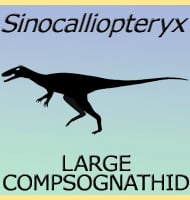Phonerpeton
In Depth Phonerpeton was a fairly small temnospondyl amphibian that lived in what is now Texas during the early Permian. As a temnospondyl, Phonerpeton would have been a predator of other small vertebrates such as fish and smaller amphibians, though larger invertebrates may have also been taken. Further Reading - A new trematopsid amphibian (Temnospondyli: … Read more
